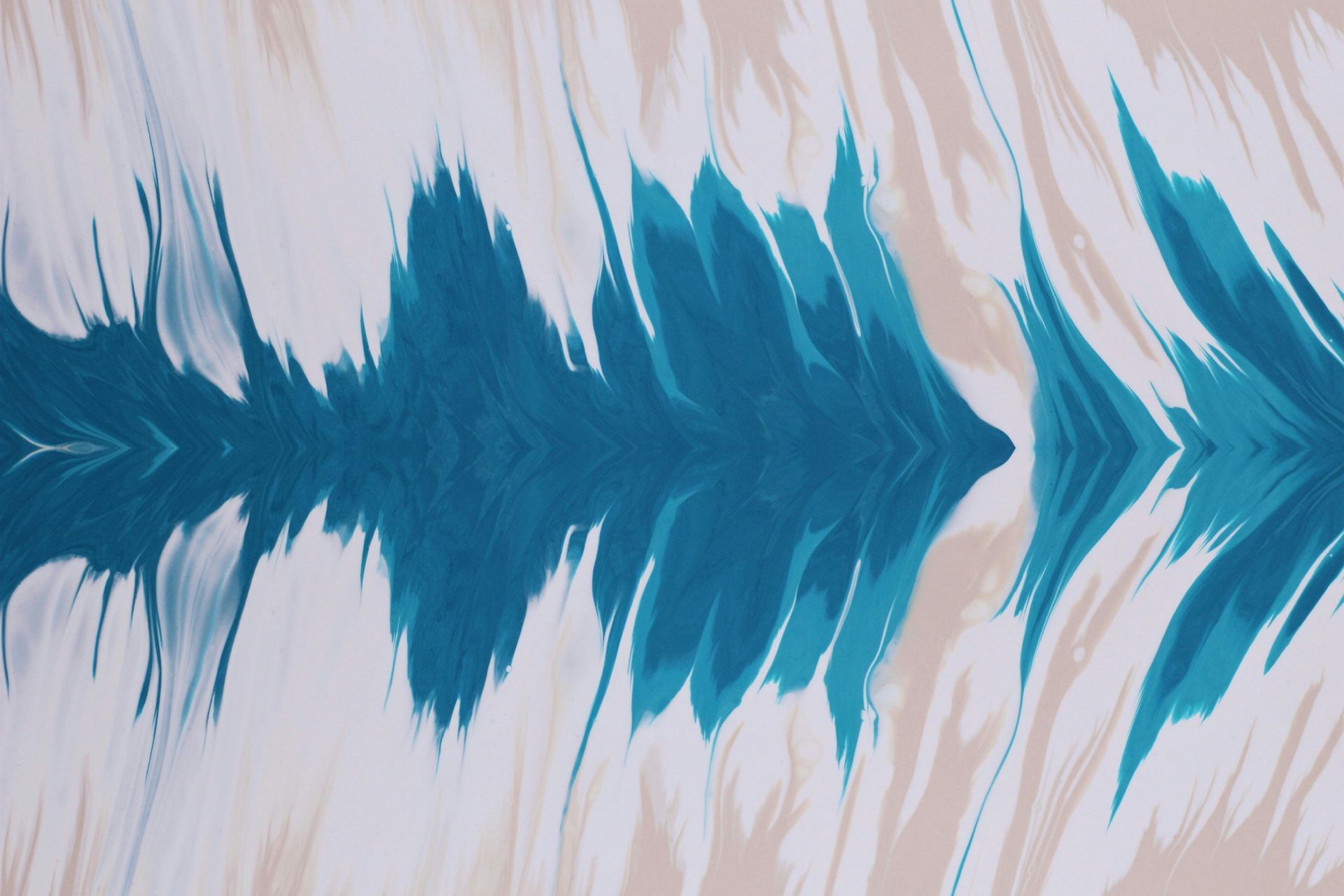A Quick Look at the Psychology of Video
Have you ever wondered how you’ve suddenly spent endless hours down the Instagram rabbit hole? Did you consider this is your brain responding to satisfying visuals? Our brains are weird and wonderful like that.
There’s evidence that the human brain can identify images in 13 milliseconds which is much faster than text. Now combine that with audio and movement and you’ve got yourself a video, the ultimate communication tool. Science!
Here are some theories and tips to help your audience have one hell of an eyegasm.
Symmetry
It may be old news that the human brain finds facial symmetry attractive, but did you know this subconscious preference doesn’t stop there? Research suggests that we’ve evolved to have a preference in symmetry in other stimuli too. Symmetry appears everywhere in nature, which might explain why being surrounded by nature makes us feel happy and calm.
Symmetrical visuals can help reduce stress and increase our concentration, but whilst we love precision and stability, it can sometimes feel artificial and static. So, it can be beneficial to have subtle differences between both halves to add interest and character. After all, the human face isn’t perfectly symmetrical.
Rule of Thirds
The rule of thirds is a familiar technique amongst photographers and videographers. It’s a guideline that divides the image into thirds (horizontally, vertically and diagonally) usually with the subject positioned in a key area within the frame.
But why is this technique important?
This positioning makes the image look balanced, creates visual interest and it ‘feels right’ to the human eye. (Are you starting to spot a trend here?)
Secondly, having your subject in the centre leaves less space for your viewer’s eye to wander. Studies show that people’s eyes typically go to one of the intersection points rather than dead centre. This composition makes viewing the image a more natural experience.
The Power of Colour
Colours are powerful because they carry instantaneous messages without words. Our brains are designed to respond to different colours, for example, red for stop, green for go, but they also elicit specific feelings. By understanding the basics of colour theory, you can grab attention and invoke strong emotions with your video content.
You can read more about using colour in video in our blog: Colourful Content: Using Colour in Video
The Law of Pragnanz
This theory claims that our mind and eyes try to simplify complex images to prevent us from being overwhelmed with information. That’s why abstract art takes more brain power to understand. Research suggests that our brains process these visuals by transforming them into a single, unified shape.
Without this ability, we wouldn’t be able to recognise objects which are partially blocked. For example, we’re able to recognise objects and connect unseen parts to create wholeness, even while peering behind a bush or through a window.
Understanding this theory means you can take note of the design or your animation to create an easy viewing experience, or the negative space in your visuals to compose some amazing photos/footage.
In summary, there’s more than meets the eye! We love exploring different creative treatments to produce interesting videos so say
hello@ch-video, and let’s create!
Share this post:



